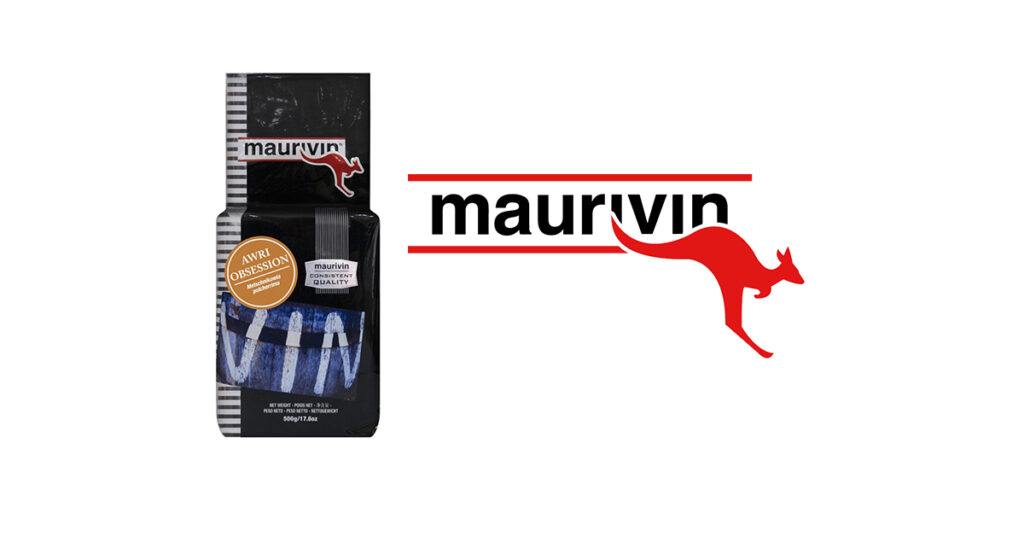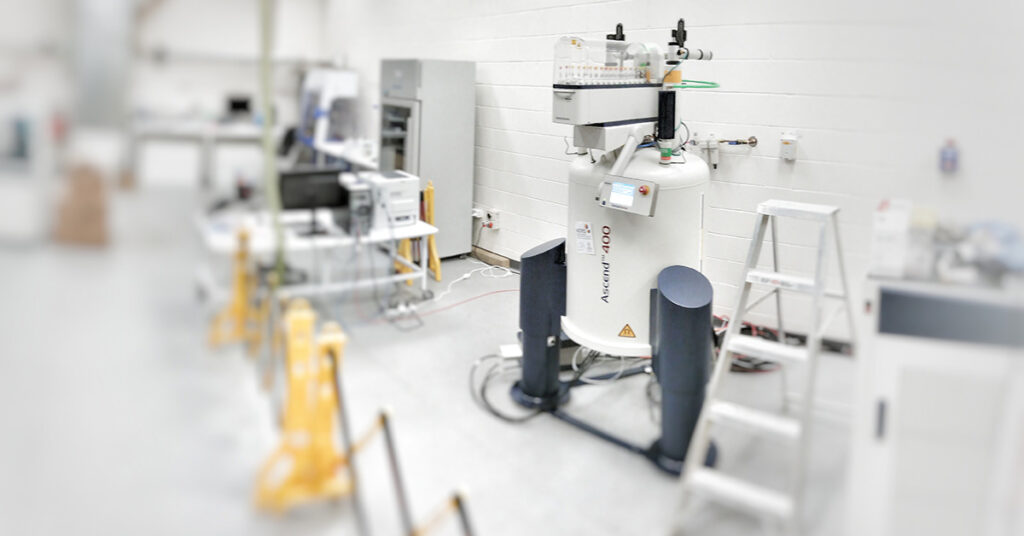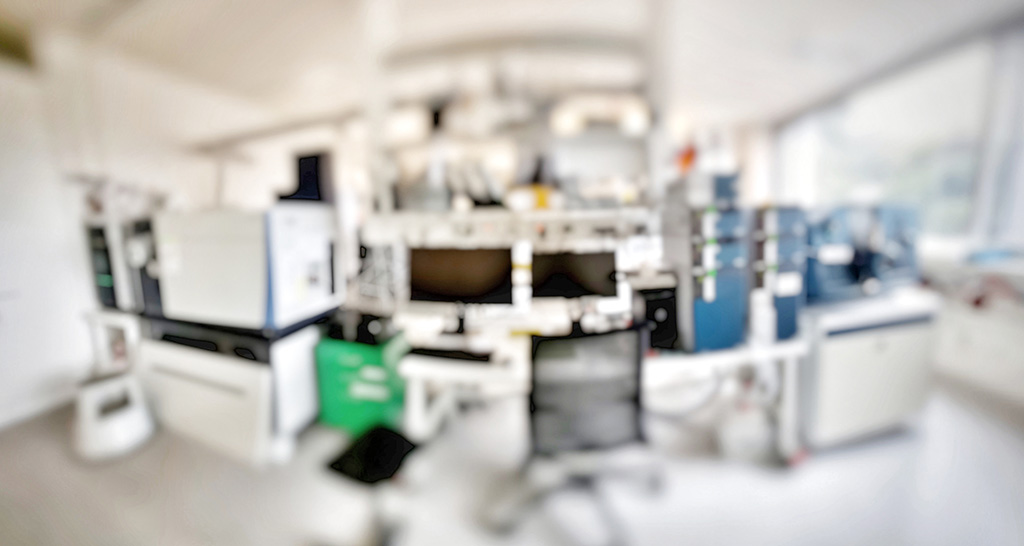Local research, industry and manufacturing creating new fermentation solutions for the global market
Collaboration between researchers and industry underpins the development and commercialisation of popular ‘Made in Australia’ innovative fermentation products for the wine and beverage industry. In this collaboration, AB Biotek worked closely with expert researchers at the AWRI, including NCRIS-supported researchers at Metabolomics Australia, from product conception to final product evaluation. AB Biotek invests in R&D to upscale and manufacture in Australia MaurivinTM Active Dry Yeast products for clients globally.
This industry collaboration built on prior research where wine-grape industry levy payers and the Australian Government had jointly funded yeast discovery and strain development projects at the AWRI, through their investment agency Wine Australia. As a pre-requisite prior to release to wineries, novel yeast strains that show desired traits for target products and markets are progressed to the stage in the development chain where AB Biotek (Mauri Yeast Australia) manufactures commercial quantities of the active dry yeast at its facility in Toowoomba, Queensland. The Metabolomics Australia facility supported commercialisation and performance testing during upscaling by establishing flavour and aroma profiles of wines made throughout the development phase using mass spectrometric analysis. In parallel, sensory analysis of the wines was conducted commercially through the AWRI. The combined data chemical and sensory data guided the development, upscaling and commercialisation activities conducted by Mauri Yeast Australia. These new yeast products are now being used by winemakers as tools for improving wine quality and creating novel and distinctive flavour profiles for product differentiation.

Reference
Varela et al. (2021) Volatile aroma composition and sensory profile of Shiraz and Cabernet Sauvignon wines produced with novel Metschnikowia pulcherrima yeast starter cultures. Australian Journal of Grape and Wine Research.



